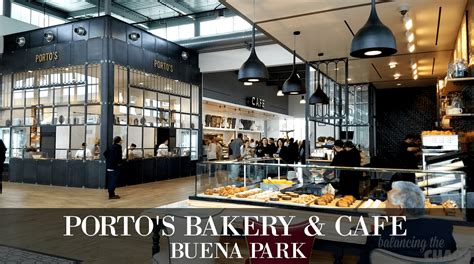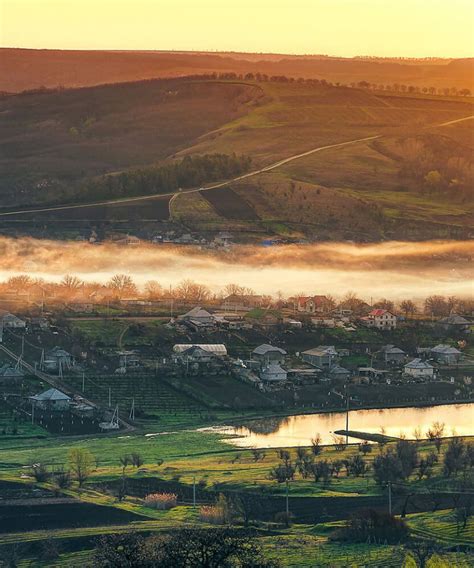
Exploring the Republic of Moldova: A Gateway to Eastern Europe
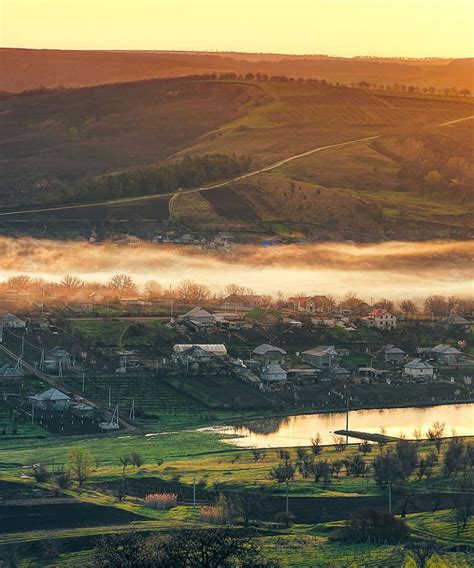
History of Moldova’s Legacy
Moldova’s history is woven with tales of resilience and transformation that date back to ancient times. The region was historically a crossroads for various civilizations, influenced by the Roman, Ottoman, and Russian empires. The establishment of the Principality of Moldavia in the 14th century marked a significant point in its legacy, laying the foundation for a distinct cultural identity. Notably, the 1812 Treaty of Bucharest led to Moldavia’s partition, resulting in the loss of territory and shaping its modern borders.
The aftermath of World War II saw Moldova incorporated into the Soviet Union, where it experienced industrialization but faced cultural suppression. Following independence in 1991, Moldova has worked toward embracing its heritage while navigating challenges associated with economic transition and geopolitical positioning within Eastern Europe. This tumultuous history not only impacts Moldova’s societal fabric but also enhances its importance on the path to European integration.
| Period | Key Events |
|---|---|
| 14th Century | Establishment of Principality of Moldavia |
| 1812 | Treaty of Bucharest—territorial changes |
| Post WWII | Incorporation into the Soviet Union |
| 1991 | Declaration of Independence |
For more insights on Moldova’s historical significance and its place within Eastern Europe, you can explore additional resources: Britannicaand World Bank.
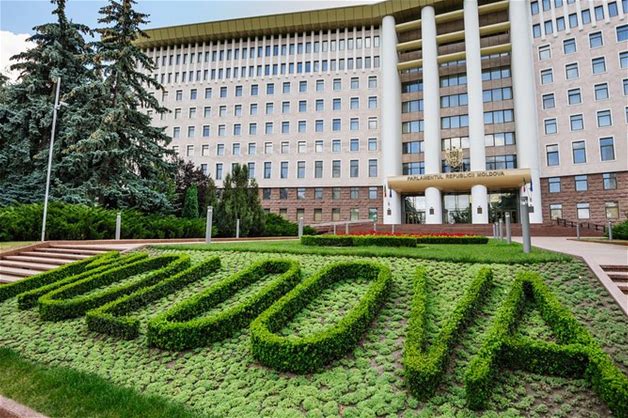
Chișinău: Cultural Heartbeat
Chișinău, the vibrant capital of Moldova, serves as the cultural heartbeat of the nation. This bustling city is known for its rich tapestry of history and modernity, where Soviet-era architecture meets contemporary developments. Visitors can explore a variety of cultural institutions, including theaters, museums, and galleries that reflect the diverse heritage of Moldova. Notable is the National Museum of Ethnography and Natural History, where one can delve into the traditions and natural wonders of the region. Moreover, Chișinău’s numerous parks provide a peaceful retreat amidst urban life, while its lively street markets and cafes offer a taste of Moldovan hospitality. The city not only represents Moldova’s past but also showcases its aspirations for a dynamic future as it steadily seeks closer ties with Europe. For more insights into governance in Moldova, check Open Government Partnershipor explore investment opportunities at EBRD.
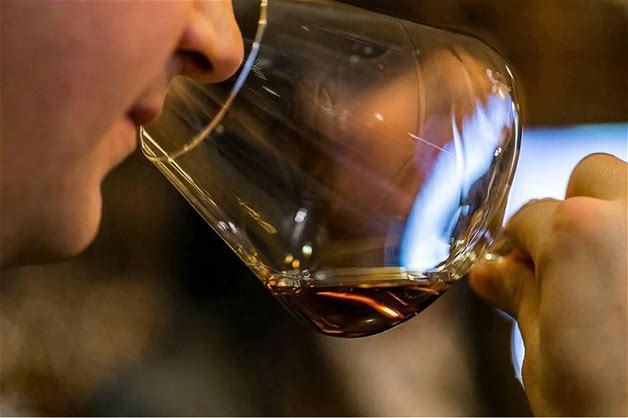
Moldova’s Strategic Position
Moldova’s geographical location places it at a pivotal crossroads between Western Europe and Eastern Europe, making it of strategic importance to regional dynamics. Its proximity to the European Union (EU) enhances its potential as a conduit for trade and cultural exchange. As Moldova seeks to strengthen its ties with the EU, it benefits from various trade agreements that bolster its economy and provide a pathway for deeper integration.
Numerous initiatives aim to support this transition; for example, the EU has invested in programs designed to improve Moldova’s trade relationships, thereby creating opportunities for sustainable development. “The strength of our partnerships will determine our path forward,” notes a local economist reflecting on the nation’s aspirations for growth.
Moreover, Moldova’s unique cultural heritage further enhances its appeal as a partner within the region. The blending of Eastern and Western influences offers vibrant opportunities for tourism and investment, ensuring that this landlocked nation remains relevant in today’s globalized world. For more information on Moldova’s trading relationships and global partnerships, please visit EU Trade Relationshipsand Global Partnership.
Pathway to European Integration
Moldova’s aspirations for European integration have gained momentum in recent years, particularly as the nation seeks to strengthen its democratic institutions and align with European standards. This journey has been shaped by a commitment to political reform, economic development, and social progress. The association agreement signed with the European Union in 2014 marked a significant step towards this goal, providing a framework for enhanced cooperation. Additionally, Moldova has made efforts to address challenges posed by external influences, notably with Russia’s interference, which has complicated its path forward. The capital city of Chișinău serves as a hub for these changes, where vibrant civil society movements and pro-European sentiments are palpable among the youth. As Moldova continues its efforts towards integration with Europe, fostering relationships that promote investment and trade will be essential to securing its future within the broader European framework. For an extensive overview of Moldova’s history and contemporary context, you can visit Wikipedia.
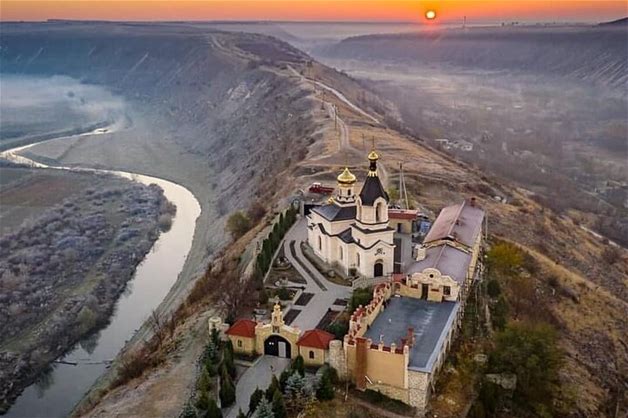
Exploring Moldova’s Natural Beauty
Moldova is a country endowed with diverse landscapes that reflect its natural beauty and offer a variety of outdoor activities. From rolling hills to vineyards that stretch as far as the eye can see, the natural surroundings play a significant role in the lives of its inhabitants. The stunning Codrii Forest, located in the central part of the country, is a prime example, renowned for its rich biodiversity. It provides ample opportunities for hiking and nature walks, making it a favorite destination for eco-tourists. Additionally, the Dniester River flows majestically through Moldova, serving not only as a scenic backdrop but also as an important resource for agriculture and fishing. Enthusiasts can engage in activities such as fishing or boat rides along this vital waterway. Furthermore, Moldova’s vibrant flora and fauna reflect the country’s commitment to preserving its natural environment, which can be further explored through programs offered by local conservation organizations. For more insights on governance and environmental strategies in Moldova, resources like the International Monetary Fundand the World Bankhighlight ongoing efforts to enhance sustainability within this picturesque nation.
Moldova: A Landlocked Treasure
Nestled between Romania and Ukraine, Moldova offers an intriguing blend of cultural heritage and natural beauty despite its landlocked status. The country boasts picturesque landscapes characterized by rolling hills, fertile plains, and the serene Dniester River, which flows gracefully through its heart. This diverse terrain supports a rich array of flora and fauna, making it a hidden gem for nature enthusiasts. Furthermore, Moldova’s history is deeply intertwined with its agricultural roots, particularly in winemaking; the country is known for producing high-quality wines that reflect its rich traditions. Chișinău, the vibrant capital, serves as a gateway to exploring these treasures, with countless parks and gardens that showcase local biodiversity. As one ventures beyond the city, charming villages reveal unique customs and traditions that encapsulate the mosaic of Moldova’s cultural landscape. This combination of natural beauty and deep-rooted heritage underscores why Moldova should not be overlooked as a captivating destination in Eastern Europe.
Economic Opportunities in Moldova
Moldova presents a range of economic opportunities, particularly within agriculture, information technology, and manufacturing sectors. The fertile soil of the country allows for the cultivation of diverse crops, making it a significant player in the European agricultural market. In recent years, efforts have been made to modernize farming practices and increase productivity, thereby attracting both domestic and foreign investment. Additionally, the burgeoning IT sector showcases Moldova’s potential in software development and digital services, supported by a young and educated workforce. As Moldova continues its journey towards European integration, its strategic position as a conduit between Western Europe and neighboring markets also fosters growth in logistics and trade services. These elements position Moldova as an emerging destination for investment and commerce in Eastern Europe.
Culinary Delights of the Region
Moldova’s culinary scene reflects its rich cultural heritage and diverse influences, making the region a treat for food enthusiasts. Traditional dishes often showcase locally sourced ingredients, such as fresh vegetables, grains, and meats. One popular dish is mămăligă, a cornmeal porridge that serves as a staple in many households and is often paired with cheese or sour cream. Additionally, the country is renowned for its exquisite wines, which are produced in several vineyards scattered across the landscape. These wines contribute to the unique pairing of flavors found in Moldovan cuisine. Street markets bustled with vendors offer an array of pastries and desserts, showcasing sweet treats like cozonac, a traditional sweet bread filled with nuts and cocoa. As visitors explore Moldova’s culinary offerings, they not only indulge their taste buds but also gain insight into the country’s cultural fabric. This vibrant food tradition reflects Moldova’s identity and provides a wonderful opportunity to connect with its people’s history and way of life.
